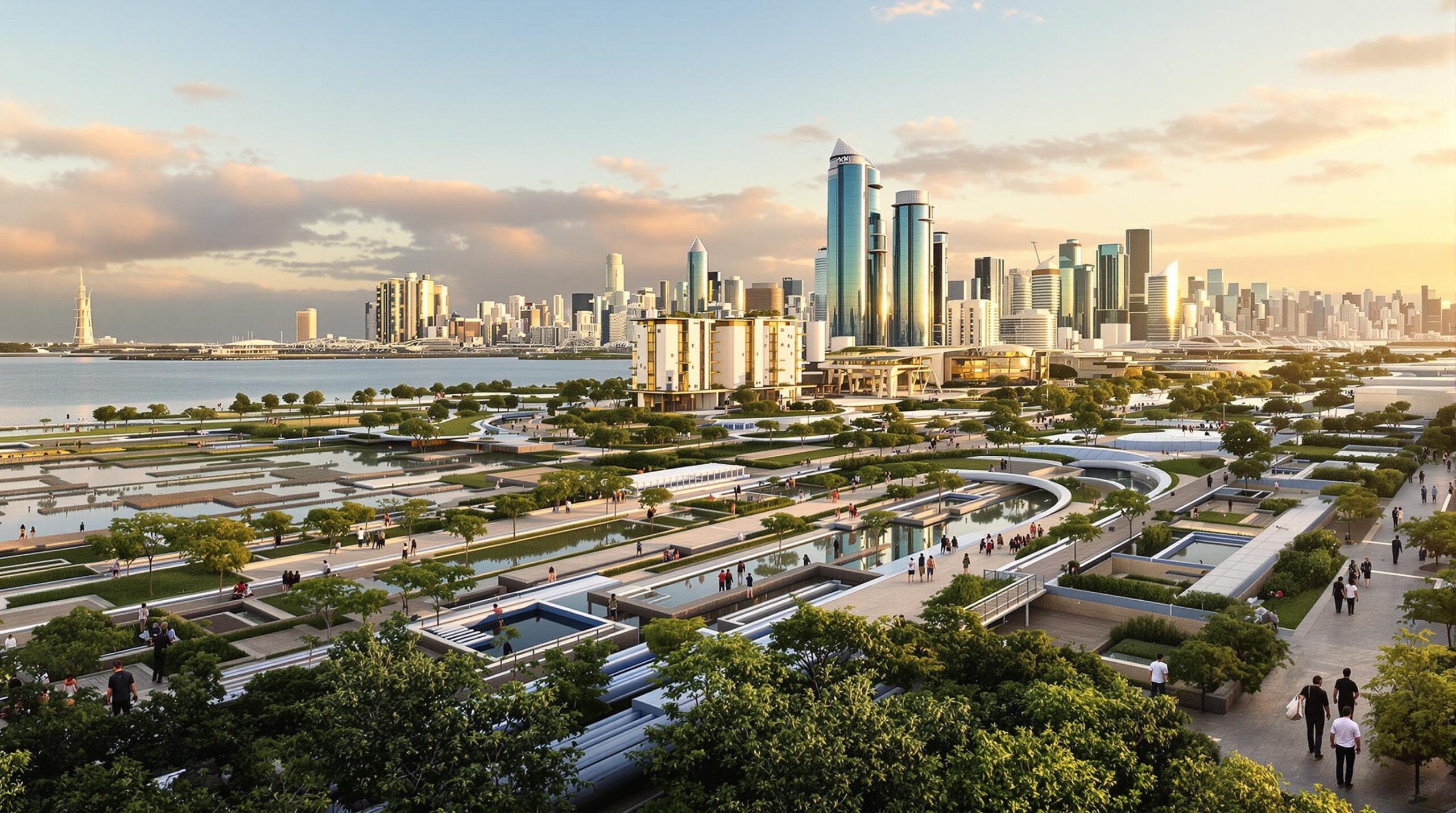Coastal cities face an unprecedented threat from rising sea levels and extreme weather events. Flooding now occurs more frequently, putting infrastructure, homes, and livelihoods at risk. As the climate continues to change, traditional methods of flood prevention often prove inadequate. Cities must explore and adopt innovative strategies to better protect their communities.
Understanding the Threat: Why Coastal Cities Need New Solutions
Coastal urban centers locate vast populations and essential economic hubs near water. This proximity makes them especially vulnerable to climate-induced flooding. More intense storms and persistent sea level rise can overwhelm drainage systems and barriers. The need for adaptive, resilient methods grows more urgent every year. Local governments realize that only forward-thinking strategies can protect their cities from mounting climate impacts.
Green Infrastructure: Harnessing Nature’s Power
Many coastal cities are now turning to green infrastructure to help combat flooding. These solutions integrate natural processes to absorb and manage water. Permeable pavements allow rainwater to filter through, reducing the surface run-off that leads to floods. Urban wetlands and bioswales act as natural sponges, trapping water and slowing its movement toward the sea. By restoring coastal ecosystems like mangroves and salt marshes, cities can buffer storm surges and minimize erosion.
Green roofs further increase a city’s absorption capacity. Covered with vegetation, these roofs collect rainwater and improve air quality at the same time. Besides preventing floods, such solutions create habitats for urban wildlife and cool city temperatures. As a result, green infrastructure not only addresses flooding but also brings wider environmental benefits.
Smart Flood Barriers: Combining Technology and Engineering
Engineering advances have produced smarter, more effective flood barriers for coastal cities. Retractable barriers, such as the Thames Barrier in London, remain open under normal conditions. When waters rise, these barriers close and provide swift protection against storm surges or high tides. Cities in the Netherlands designed the Maeslantkering system, which automatically deploys during severe storms to safeguard Rotterdam’s low-lying districts.
Technology now allows for the use of real-time data to anticipate and respond to potential floods. Sensors and satellite monitoring enable precise forecasting of water levels and weather events. With better forecasting, cities can activate barriers, warn citizens, and coordinate emergency responses before floods occur. Combining these solutions lets urban centers gain a proactive edge against climate threats.
Elevated Structures and Floating Architecture
Adaptation sometimes means building higher or even above the water. Many coastal cities encourage the construction of elevated roads, buildings, and critical infrastructure. By raising homes on stilts or platforms, communities limit property damage from moderate flooding. Miami, New Orleans, and Venice have all invested in lifting their infrastructures to cope with higher sea levels.
Floating architecture offers another cutting-edge solution for flood-prone neighborhoods. In the Netherlands, architects design floating homes that rise and fall with the water. These residences remain habitable even during severe floods, ensuring residents’ safety and comfort. Such innovative designs demonstrate how embracing water rather than fighting it can shape resilient urban environments.
Community-Based Strategies and Urban Planning
Flood prevention works best when the community actively participates. Some coastal cities have launched citizen science programs to monitor water levels and maintain neighborhood drains. Public information campaigns educate residents about flood risks and emergency preparedness. These efforts build a culture of resilience, empowering citizens to take precautions before disaster strikes.
Urban planning plays a pivotal role in minimizing risk. Restricting construction in flood-prone areas and creating green buffer zones helps reduce losses when floods occur. Cities also increasingly design parks and open areas that can double as floodwater retention basins during storms. By prioritizing adaptive land-use, city planners ensure that development does not come at the expense of safety.
Managed Retreat: Accepting and Adapting to Nature’s Forces
In some places, holding back the water proves impossible or economically unfeasible. Here, the concept of managed retreat comes into play. Managed retreat involves deliberately relocating infrastructure and communities away from high-risk coastal zones. While challenging and sensitive, this strategy minimizes repeated losses and enhances long-term safety.
Programs in parts of the United States, Southeast Asia, and the Caribbean use financial incentives and planning support to move vulnerable populations upland. In the process, restored floodplains and wetlands can act as natural buffers, absorbing future surges. As difficult as retreat can be, it often offers the most sustainable path forward for the most at-risk coastal zones.
International Collaboration and Knowledge Sharing
Flood risk does not respect city or national borders. Many coastal cities participate in global networks to share best practices and research. Initiatives like the 100 Resilient Cities and C40 Cities foster knowledge transfer among municipal leaders worldwide. Collaborative projects provide funding, expertise, and peer support for large-scale adaptation efforts.
International partnerships also mean that technological solutions and proven models can be adapted to fit local contexts. Learning from successful examples allows cities to avoid costly missteps and accelerate implementation. By working together, coastal cities can enhance the impact of their flood prevention efforts on a broader scale.
Transitioning Toward a Resilient Coastal Future
Adapting to climate change requires more than just physical barriers or policies. Cities must rethink their relationship with water, viewing it as a dynamic element in urban design. Integrating nature-based solutions, smart technologies, and resilient building methods can reduce both risk and environmental harm. Educating citizens and enabling community action further multiply a city’s adaptive capacity.
The transition toward resilience brings both unique challenges and new opportunities for growth and innovation. By embracing these modern flood prevention strategies, coastal cities set examples for adaptation worldwide. Facing climate change proactively ensures vibrant, safe communities for current and future generations.

